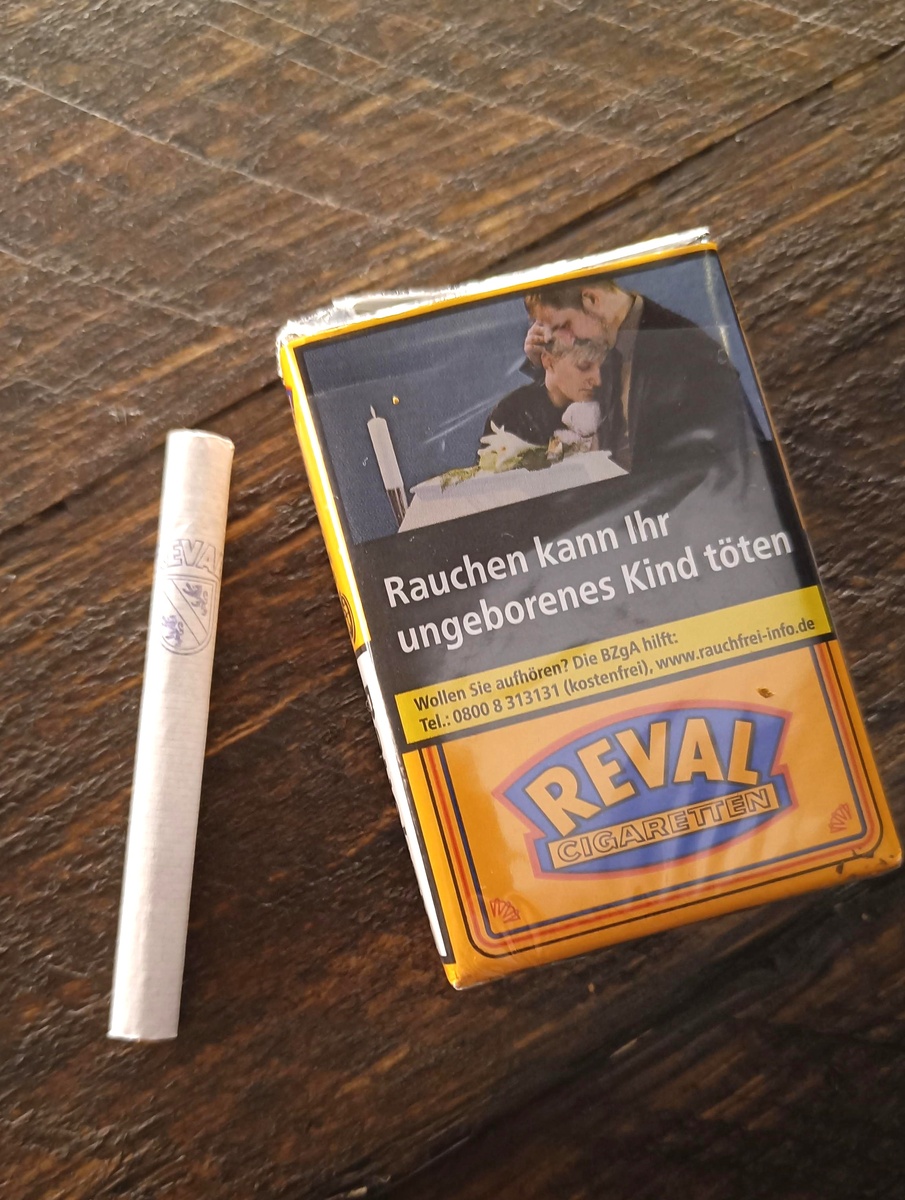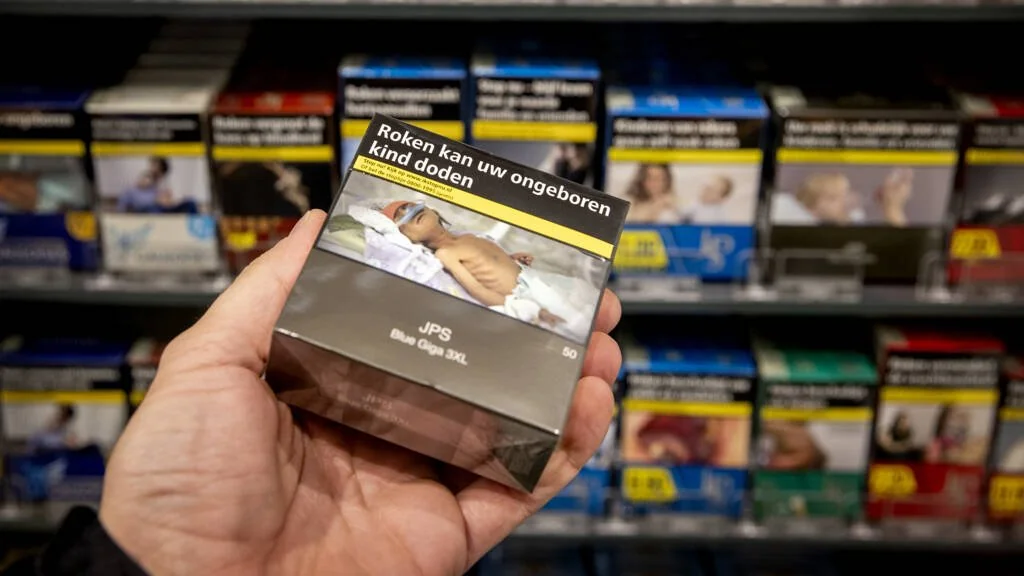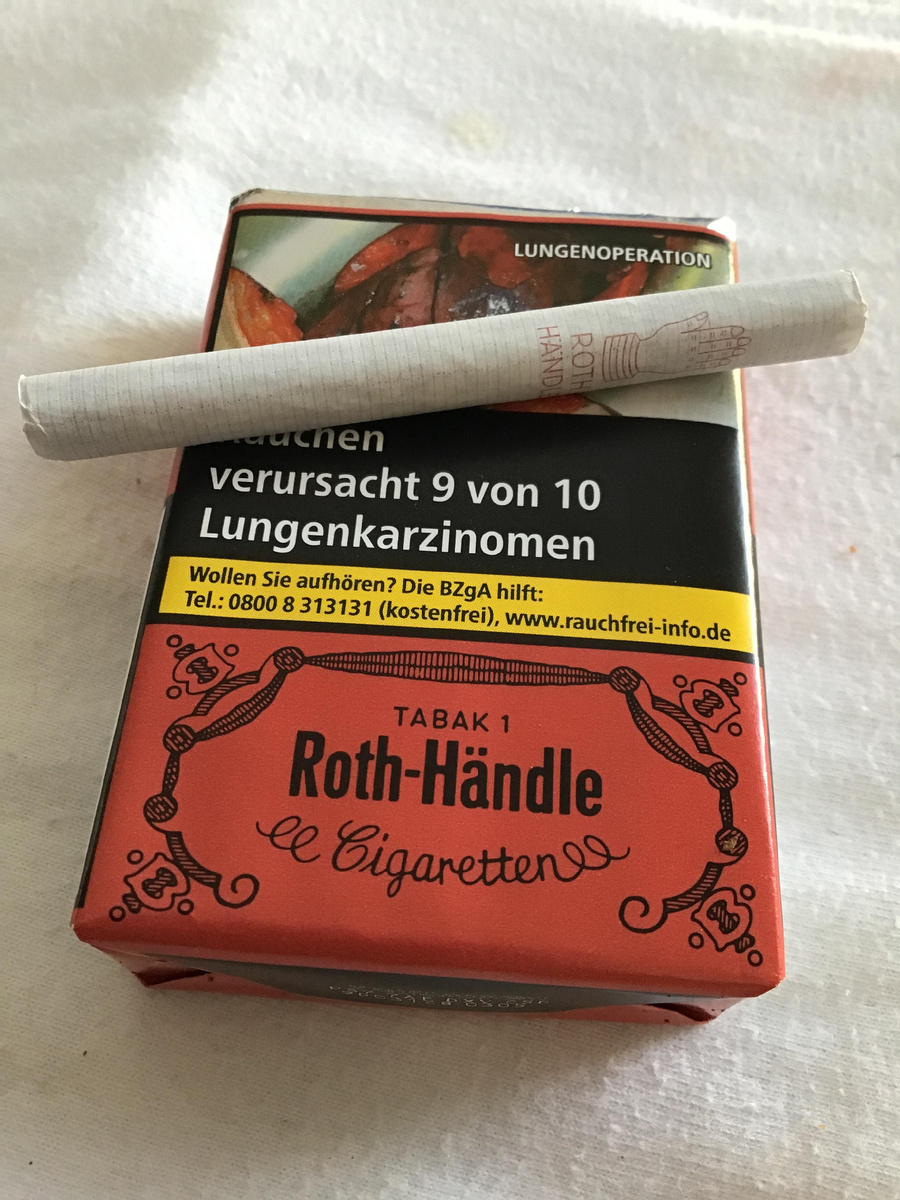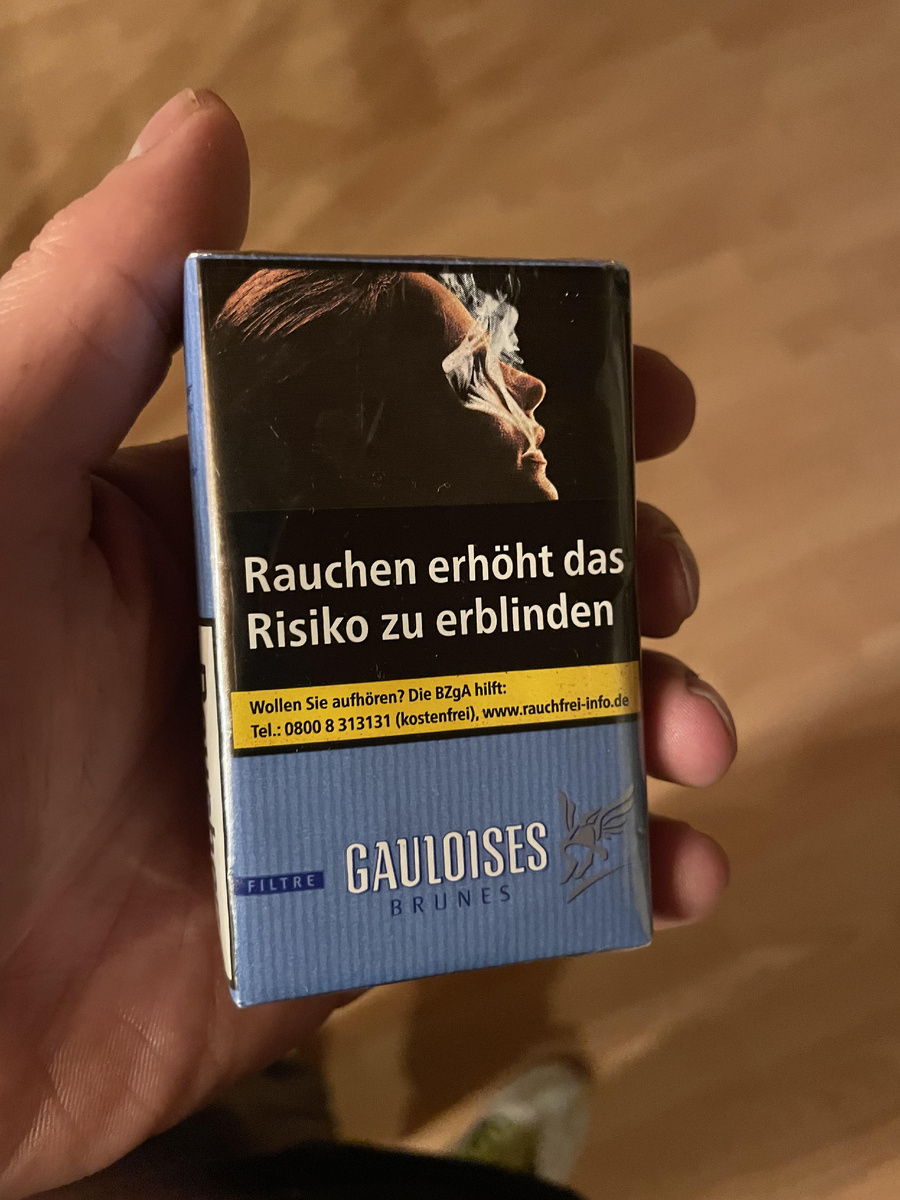What Do Germans Smoke? The Most Unusual and Unique Cigarettes in Germany

When you arrive in Germany, the tobacco smell on the streets is different. Not sharp or “fiery” like in southern countries, but denser, deeper—almost with a hint of coffee. Some might say it’s just the climate, but it isn’t. It’s the cigarettes. Germans make them their own way—not because their habits are different, but because their taste in tobacco is.
German Blend Isn’t American Blend
Most people assume the whole world smokes American Blend—a standard mix of Virginia, Burley, and Oriental tobaccos. In Germany, it’s more nuanced. There’s even a distinct profile called “German Blend.” It’s a touch drier and rougher, with less sweetness and more earth. Tobacco that seems to say, “I’m the real thing.”

A classic example is Ernte 23, first released in 1923. The taste is unmistakable—pronounced dark-tobacco notes with a characteristic bitterness. They come in around 10 mg tar and 0.9 mg nicotine. The numbers look ordinary, but the smoking experience is not. Germans like to say Ernte 23 is “tobacco without compromise,” and they’re probably right.
Right beside them stands Reval, a cult favorite in former East Germany. Unfiltered, with heavy, dense smoke. Its aroma is impossible to mistake—strong, resinous, with hints of hay and a faint smoky tone. There’s none of the familiar “wet” aftertaste that American blends often leave. Everything here is different: rough, honest, distinctly German.

Other brands that carry the traditional German blend include Duett, Cabinet, and F6. The last two were often brought over from the GDR in the 1970s–80s.
Pure Virginia — Sweetness Without Pretense
Even with Virginia blends (often labeled Virginia Blend), Germans found their own balance. These cigarettes contain Virginia leaf only (or a trace of others), delivering a clean, slightly honeyed profile that can still be strong when properly processed.
A great example is JPS Black. In Germany, they’re popular among smokers who want richness without caramel or earthy flavoring. Despite being pure Virginia, they’re plenty robust—about 10 mg tar and 0.8 mg nicotine. The taste is warm and moderately sweet, as you’d expect from Virginia’s naturally higher sugar content.

Many smokers note that after JPS, regular cigarettes can feel watery. Perhaps that’s because German makers don’t skimp on leaf processing, and the tobacco shows different character than many mass‑market options in the U.S.
Another name in this lane is Manitou. It’s practically a philosophy, not just a brand: natural German cigarettes with no additives and a clean tobacco taste. Tar ranges from 7 to 10 mg, nicotine around 0.7 mg. Smoking them is like listening to vinyl—slightly imperfect, yet vivid. The aftertaste carries hints of hay and dried fruit. In the U.S., you could find Manitou in some specialty tobacco shops; availability has varied over time.

Next up is Davidoff Magnum—also a pure Virginia, but with a subtle dark-tobacco undertone. They’re softer than Roth Händle (more on those below) yet they don’t lose strength: roughly 10 mg tar and 1 mg nicotine. The brand is loved for its even, smooth smoke and slightly sweet finish. Many German smokers consider Davidoff Magnum a near-perfect balance between smoothness and intensity. I picked up a pack in Berlin a couple of years ago—excellent tobacco.
Dark and Black Tobaccos — For Those Who Like It “Harder”
Now for the most intriguing category. Germany has cigarettes that aren’t quite American or Virginia at all—made from dark tobaccos, sometimes labeled Dark Blend.
Enter Roth Händle, a legend among German smokers. Still produced without filters. They’re packed with dark brown, nearly black tobacco—dense and astringent. It feels like smoking something old and artisanal, like the scent of a leather workshop. Tar pushes close to 12 mg, nicotine around 1.1–1.2 mg. Zero softness, maximum saturation. People often buy these not for casual pleasure but for sheer impact.

In a similar spirit, there’s Gauloises Brunes. Yes, they’re a French brand, but in Germany they’ve long been favorites among fans of stout tobacco. The aroma blends smoky and caramel tones—without actual sweetness. Real dark tobacco, not about compromise. Alongside Gauloises Brunes, German smokers also actively buy the other French classic—Gitanes.

These are sometimes called “men’s cigarettes,” and there’s some truth to that. Not because they’re for the strong, but because they demand respect. You don’t puff them on the run—you smoke them slowly, deliberately, as if each draw is a dialogue with the tobacco.
The German Palate — About Honesty and Habit
Germans have a distinctive attitude toward tobacco. They don’t chase trends, don’t pile on flavorings, and don’t make mango-flavored smokes. What matters is the tobacco itself—its origin, processing, and taste.
Yes, German cigarettes can feel rough to those raised on softer American-style blends. But that’s precisely their strength. Once someone gets used to German blends, it’s hard to go back to standard international brands. Where others see just smoke, a German senses nuances—earth, straw, bread.
What’s Next?
Each year, smoking loses ground in Germany—young people choose vapes, nicotine pouches, anything but old-school tobacco. Still, it feels like the German way of smoking isn’t going anywhere.
Maybe in a couple of decades, cigarettes like Roth Händle will be priced like collectible wine—for their flavor, history, and character.
And here’s the question: if smoking does endure, could German tobacco become the last truly authentic tobacco of Europe?
Bottom line
German cigarettes lean into tobacco character rather than additives or trend flavors. From dry, earthy “German Blend” staples to pure Virginia and dark, unfiltered legends, the profile is bolder, more honest, and built for smokers who value leaf over embellishment. If you’re exploring beyond American-style blends, Germany’s classics offer a distinct, time-tested alternative.
Disclaimer: This article is for informational purposes only. Cigarettes contain nicotine, which is addictive, and smoking poses serious health risks. Follow all local laws and age restrictions when purchasing tobacco products.

